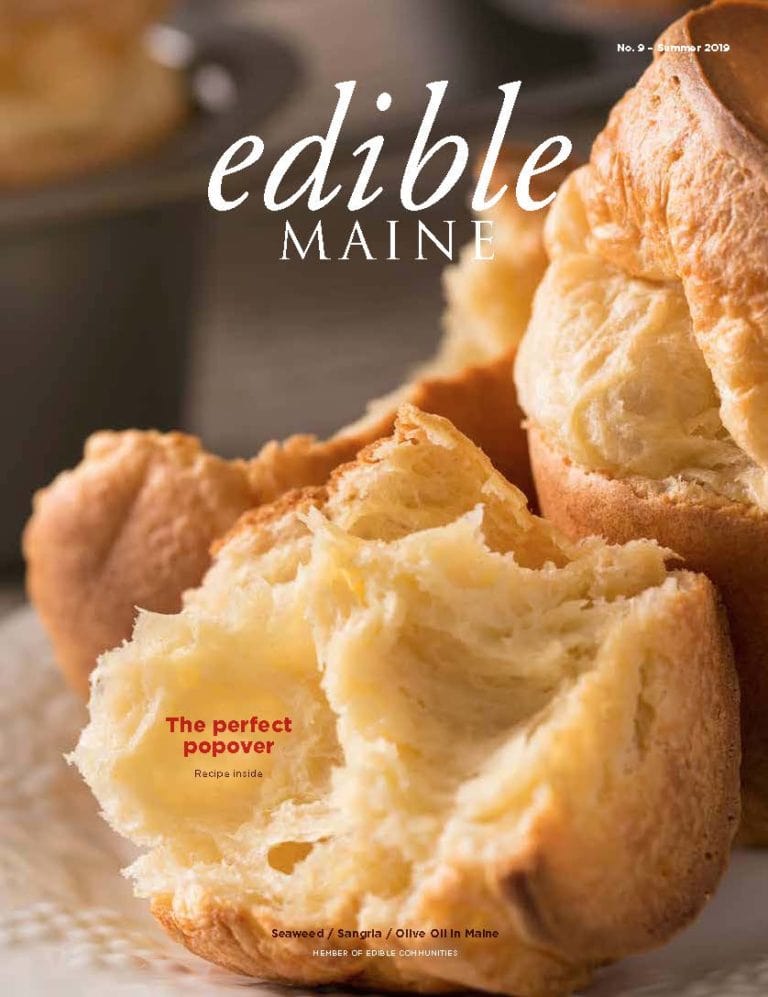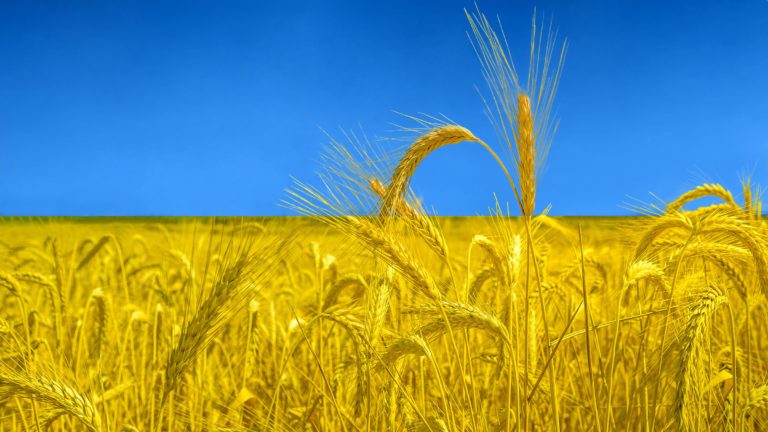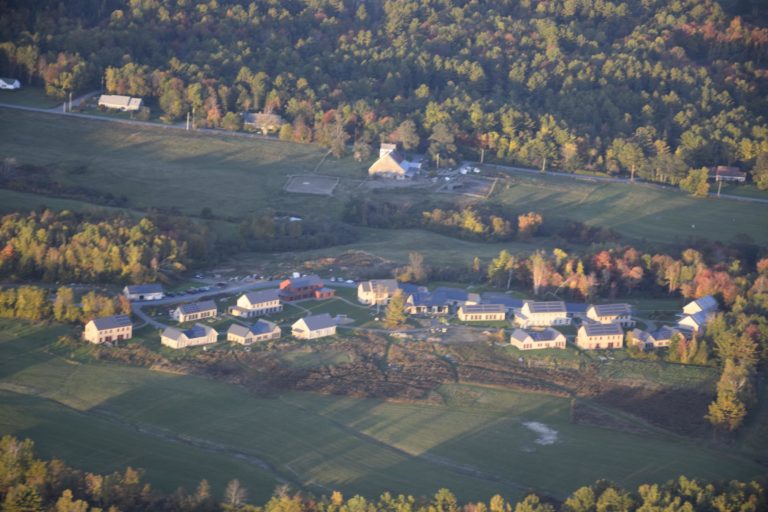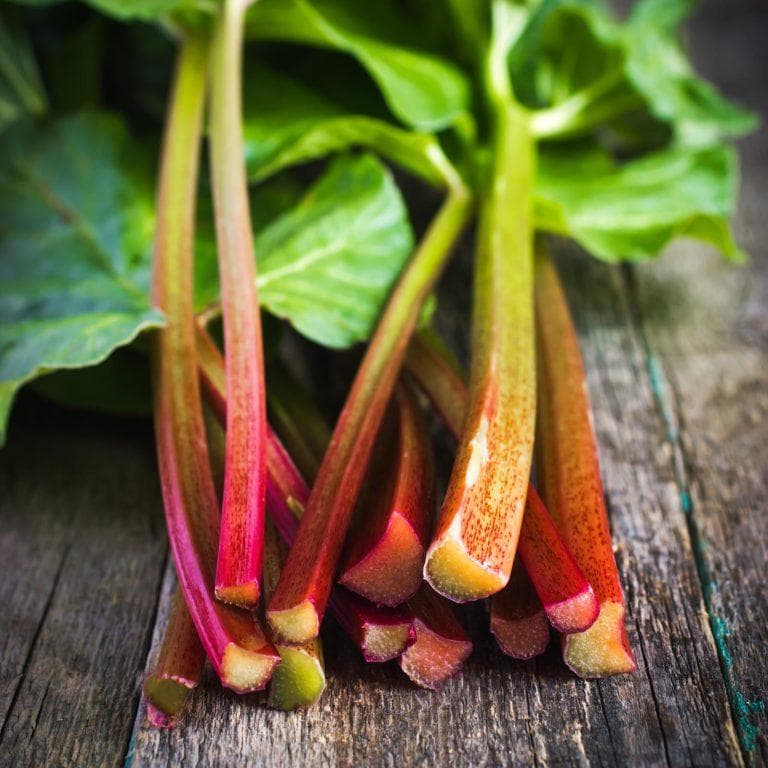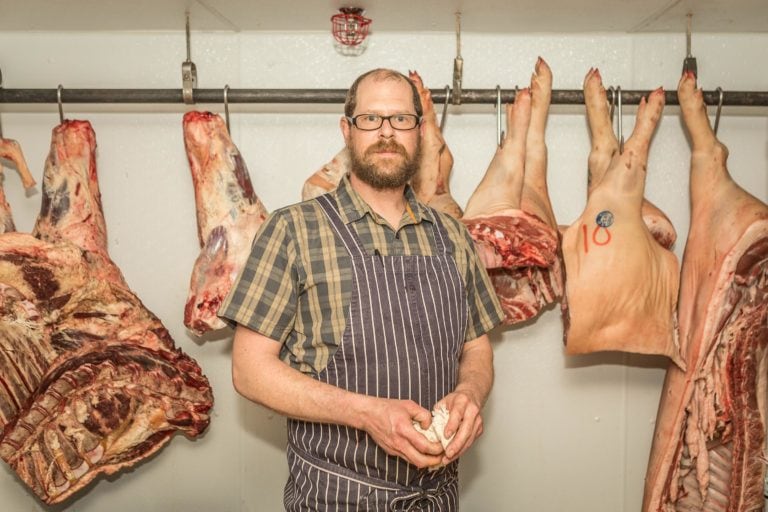When we consider the iconic crops of Maine, we envision the buttered-up lobster and the luscious blueberry. But someday soon, humble rice may be a part of Maine’s signature cuisine.
When Ben Rooney first started growing rice in Maine in 2013, he had Maine’s changing climate on his mind. At that time, Rooney had started farming at a property in Benton known as Wild Folk Farm, with wet fields that were not conducive to traditional crops. Rooney asked himself, “Why not try rice?”
Over the next decade he practiced rice cultivation in Maine, and he now grows both paddy rice and upland rice at Ararat Farms in Lincolnville.
Including wild rice, which flourished in Maine long before European settlers arrived, there are over 120,000 varieties of rice. These range from sticky sushi rice to aromatic long grains, and while our imaginations may picture rice growing only in the terraced wetlands of Asia, many rice cultivars thrive in different climates. While Maine’s weather is warming, Rooney knew he had to select varieties that could handle cooler temperatures as well.
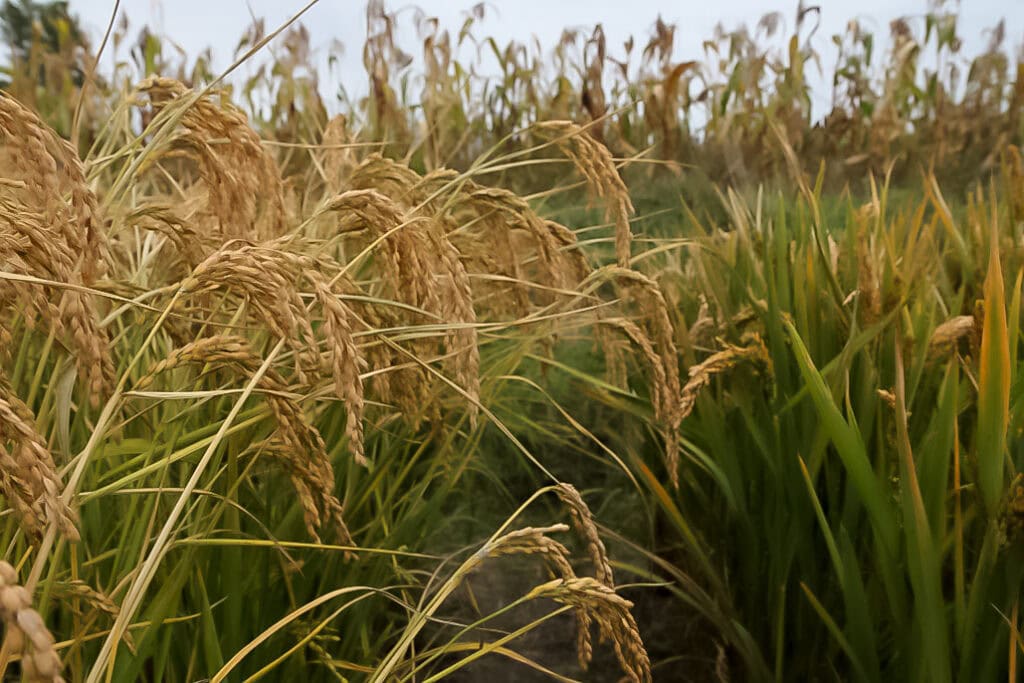
“I got into this because of climate change,” says Rooney as he walks along the banks of a paddy at Ararat Farms. “It’s getting warmer here, and it’s getting wetter. So I thought, maybe we should grow rice here. We want to be growing more of our own food, decentralizing the food system and becoming more resilient.”
Cultivating an area to grow paddy rice first requires identifying the wet areas of a farm. “You want somewhere flat, ideally where the water can come from uphill and drain downhill,” explains Rooney, pointing out the drainage pipe he uses to control water depth during planting, growing, and harvest. “I can get double the yields in a rice paddy than I can in just a wet field. The water actually creates a microclimate. The sun bakes down on it; it makes it warmer. So the overall temperature allows rice to mature faster [in a paddy], which means I can grow more varieties of rice here.”
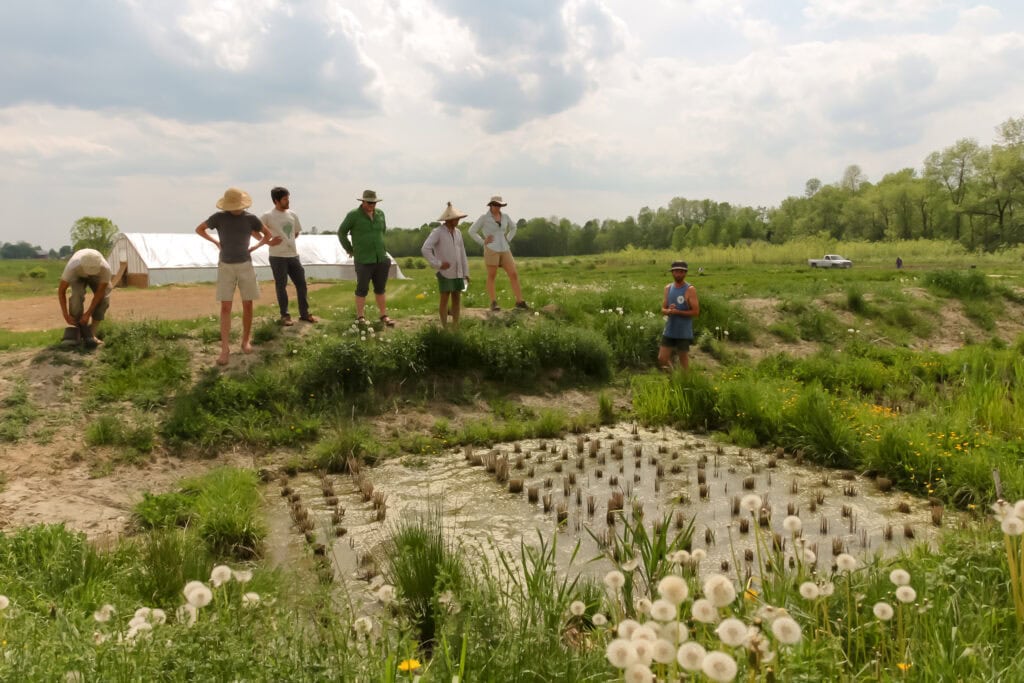
Because of drier conditions the past few summers, Rooney began to experiment with upland rice as well as paddy rice. While many varieties of rice thrive in shallow water, upland varieties grow in fields, much like wheat, rye, and other grains do. These types of rice are more accessible for farmers with drained fields as they thrive on rolling hills and open pasture. Rooney finds the taste of lowland or paddy rice more complex and delicious, but the ease of growing upland rice has its benefits.
Rooney is one of the only New England farmers to cultivate rice at a larger scale, selling to local farm-to-table restaurants and saving rice to sell as seed. But the crop has grown more popular with smaller farms and homesteads, where eager individuals get to try their hand at a new crop and put away enough rice to keep them supplied during the winter months.
Rice does require a lengthy growing season, and Rooney recommends researching varieties and your area’s active growing days before planting a rice crop. Not only are there upland and paddy species of rice, but some species are ready to harvest within a hundred days while others take close to 300 days—longer than a Maine summertime.
Perhaps the most exciting time of year for a rice farmer is when the crop is ready to harvest. Rice grows up in small clumps that look much like grass and eventually begin to flower. The flowering pods of rice plants look similar to wheat stalks and slowly swell with ripening rice that becomes heavy enough to weigh the stalks down. When the plant turns from green to golden, it is ready to harvest.
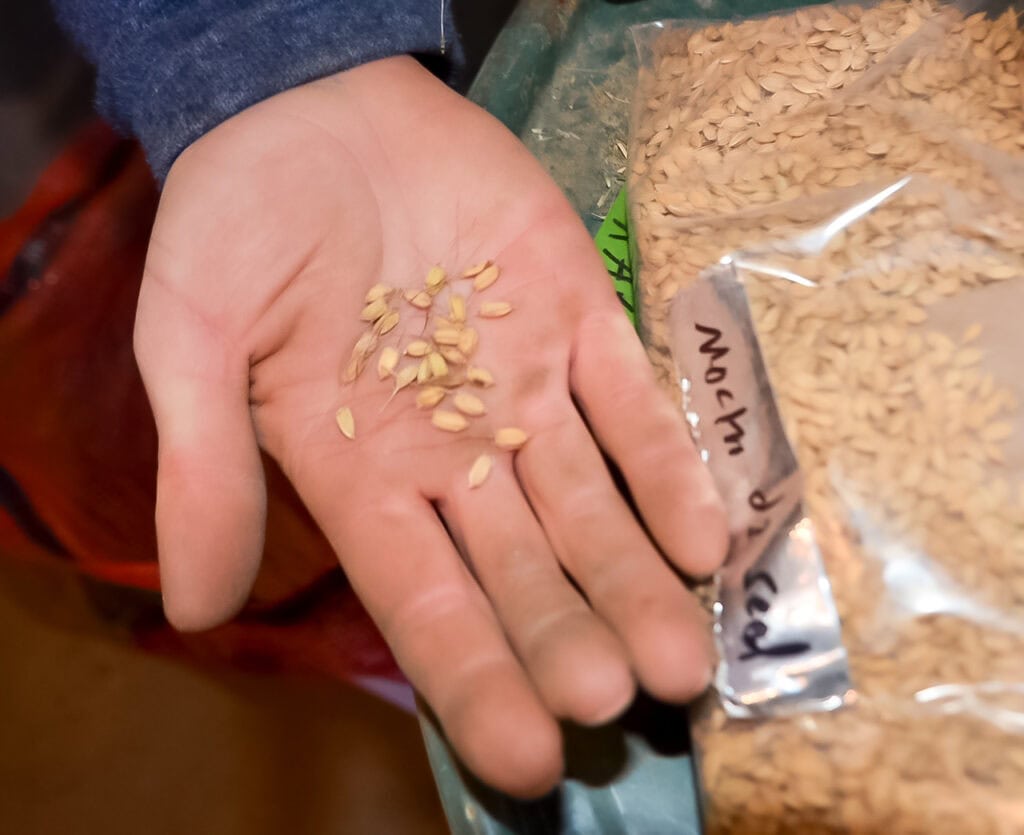
Rooney sells seed rice through the Maine seed company Fedco. While he continues to experiment with his own paddies, the varieties he sells are ones he has found embrace Maine’s conditions. These include yukimochi, a sweet Japanese rice used in (you guessed it!) mochi; kwanto wase, a short brown rice from Japan; and duborskian, a hardy Russian variety that grows even in dry and colder conditions.
When it comes to the kitchen, Maine rice can be cooked up like any other rice, but like all local or homegrown produce, grain grown in your backyard is always the tastiest! By growing or buying Maine varieties, you can enjoy rice that has not only the flavors of Maine’s soils, but also unique characteristics you won’t find at the grocery store.







